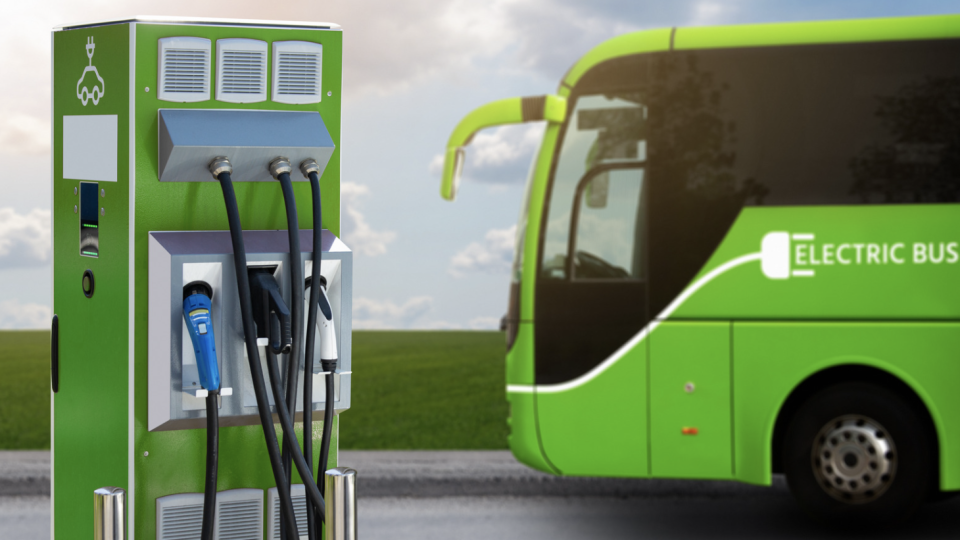In recent years, the intersection of renewable energy and transportation has become a hotbed of innovation and progress. As we strive to reduce our carbon footprint and combat climate change, the integration of clean energy sources into our transportation systems is proving to be a game-changer. Let’s explore how renewable energy is transforming the way we move and shaping a more sustainable future.
The Rise of Electric Vehicles
Electric vehicles (EVs) have emerged as a prime example of how renewable energy can revolutionize transportation. Powered by electricity that can be generated from renewable sources like solar and wind, EVs offer a cleaner alternative to traditional fossil fuel-powered vehicles. As battery technology improves and charging infrastructure expands, we’re seeing a rapid increase in EV adoption worldwide.

Solar-Powered Transportation
Solar energy is making significant inroads in the transportation sector. From solar-powered buses to trains with photovoltaic panels on their roofs, we’re witnessing innovative applications of solar technology in public transit. These solutions not only reduce emissions but also decrease operating costs for transit authorities.
Hydrogen Fuel Cells: The Next Frontier
Hydrogen fuel cell technology, which produces electricity through a chemical reaction between hydrogen and oxygen, is gaining traction, especially for larger vehicles like buses and trucks. When the hydrogen is produced using renewable energy, this creates a completely clean energy cycle.
Biofuels and Sustainable Aviation
In the aviation industry, sustainable aviation fuels (SAFs) derived from renewable sources are becoming increasingly important. These biofuels, made from materials like algae or waste oils, can significantly reduce the carbon footprint of air travel.
Smart Grids and Electric Public Transportation
The concept of smart grids, as explored in projects like ORIGIN, is also being applied to public transportation. By integrating renewable energy generation with intelligent energy management systems, cities can optimize the power supply for electric buses and trains, ensuring they run on clean energy as much as possible.
The Role of Policy and Infrastructure
To fully realize the potential of renewable energy in transportation, supportive policies and infrastructure development are crucial. This includes:
- Investing in charging and refueling infrastructure for EVs and hydrogen vehicles
- Incentivizing the use of renewable energy in public transportation
- Supporting research and development in clean transportation technologies
- Implementing carbon pricing to encourage the shift to cleaner alternatives
Challenges and Opportunities
While the integration of renewable energy and transportation offers immense potential, it’s not without challenges. Issues such as energy storage, grid capacity, and the environmental impact of battery production need to be addressed. However, these challenges also present opportunities for further innovation and job creation in the green economy.
Conclusion
The synergy between renewable energy and eco-friendly transportation is paving the way for a more sustainable future. As technology advances and adoption increases, we can look forward to cleaner air, quieter cities, and a significant reduction in transportation-related emissions. By embracing these innovations and supporting their development, we can all contribute to a greener, more sustainable world.
The journey towards fully sustainable transportation powered by renewable energy is well underway, and the destination looks brighter than ever. Let’s keep moving forward, powered by clean, green energy!
